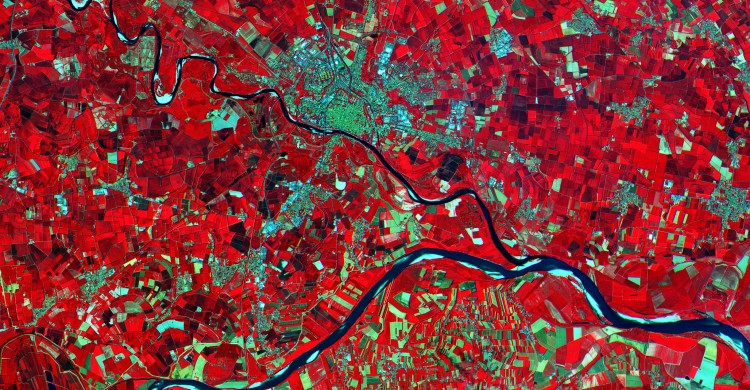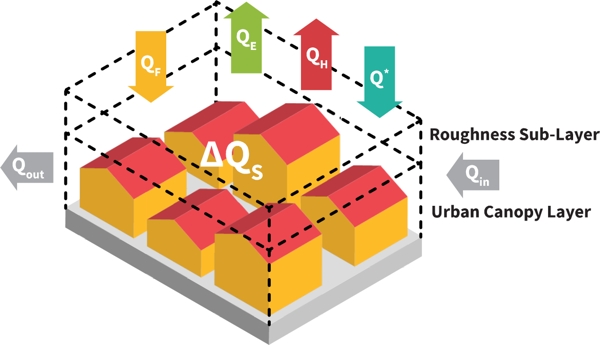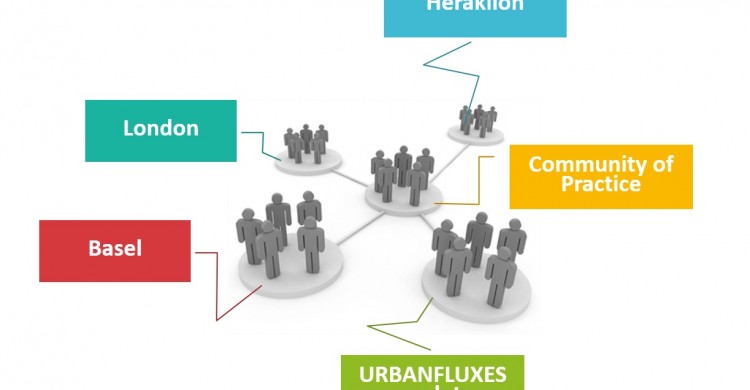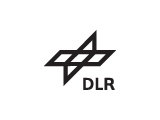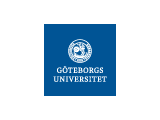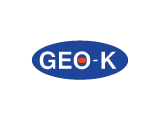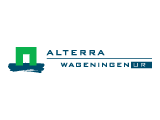Urbanfluxes
Acronym and Official Homepage
URBan ANthrpogenic heat FLUX from Earth observation Satellites
Project description
Cities are much warmer than their surroundings. Urban structures absorb and trap more solar and thermal radiation than soils or vegetation and that causes an increase in the urban temperature. Moreover, many human activities add heat to the urban climate. The heating and the cooling of buildings, the traffic, various industrial activities and our own human metabolism release energy in the form of heat, called anthropogenic heat. Because of these effects the rate of warming in cities is higher than the average global warming, a phenomenon known as the Urban Heat Island (UHI). Especially during heat waves, which are expected to occur more often, the UHI plus the heat wave can create an increase in energy consumption, a decrease in human comfort and significant human mortality.
URBANFLUXES investigates the cities’ warming by breaking down the urban energy budget and targeting the anthropogenic heat flux. For this research we use imagery from Earth Observation satellites combined with conventional meteorological measurements at street level. The resulted satellite-based approach is expected to be easily transferable to any city. With this knowledge, measures to reduce urban heat can be monitored and tested.
About
URBANFLUXES is a Horizon 2020 funded space research project, coordinated by the Foundation for Research and Technology Hellas (Greece). The consortium consists of leading European organizations in Earth Observation and Urban Climatology: the Deutsches Zentrum für Luft – und Raumfahrt (Germany), the Centre d’Etude Spatiale de la Biosphère, Universite (France), the University of Basel (Switzerland), the University of Reading (United Kingdom), the University of Basel (Switzerland), the Göteborgs Universitet (Sweden); experts on Science Communication Stichting Dienst Landbouwkundig Onderzoek (The Netherlands); and the industry, a spin-off company GEO-K s.r.l. (Italy).
